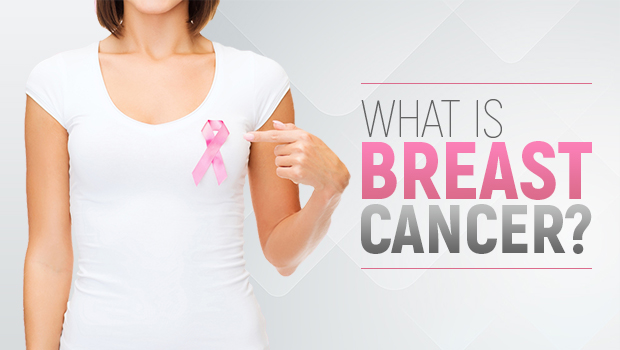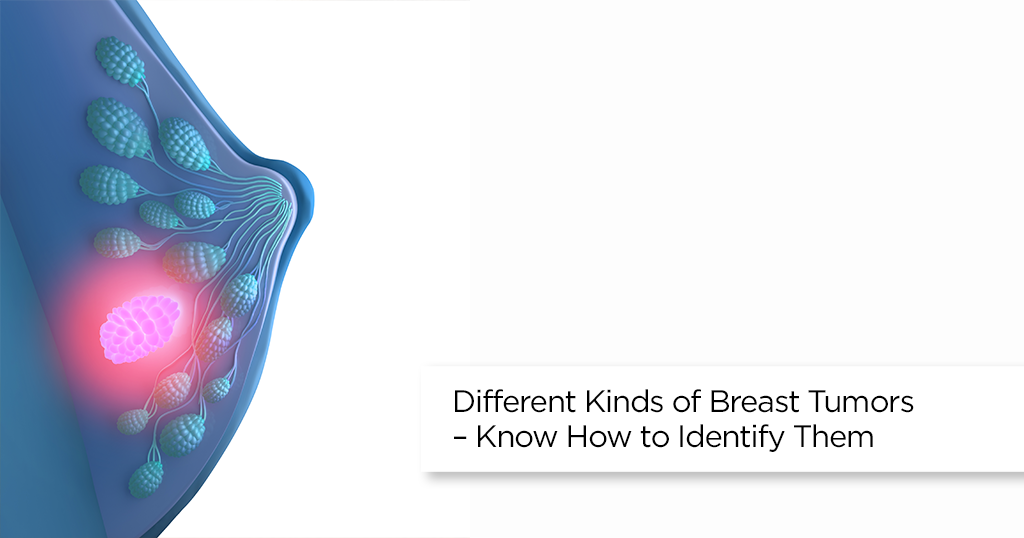Breast Cancer


Breast cancer is the second largest cancer occurring in Indian women. It has been estimated that 1 in 20 women will be affected by breast cancer sometime in their life. Breast cancer is a malignant tumour, which begins in the cells of the breast. It is found mostly in women, but men can also get affected.
Breast Cancer
Like all types of cancer, breast cancer is uncontrolled growth of abnormal cells. Breast cancer generally starts in a small, confined area in the glands that produce milk or the ducts that carry it to the nipple. This can grow bigger in the breast and spread through the bloodstream to the other organs or through lymphatic channels to nearby lymph nodes. The cancer may grow and attack tissue like the chest wall or skin around the breast. There are different types of breast cancer. And, they grow and spread at different rates. While some take years to spread outside the breast tissue, others grow and spread very fast.
Types of Breast Cancer
- Ductal carcinoma in situ (DCIS)
- Lobular carcinoma in situ (LCIS)
- Angiosarcoma
- Inflammatory breast cancer
- Male breast cancer
- Invasive lobular carcinoma
- Paget’s disease of the breast
- Recurrent breast cancer
The changes that can occur in a woman’s breast if cancer of breast develops are
- Thickening or lump in the breast or the armpit. The lump is usually firm, irregular in shape, and might be stuck to the deeper tissue within the breast or skin of the breast
- Size and shape of the breast may change
- Puckering and dimpling of the skin of the affected breast ( like an orange peel; ‘Peau-d-orange’ appearance)
- The nipple of the affected breast may turn inwards
- Discharge from the nipple ( bloody; any other chronic discharge also needs to be investigated)
- The skin of the breast may be scaly, red or swollen
Major risk factors for breast cancer are:
- Age: Breast cancer risk increases with age
- Gender: Women are at a higher risk compared to men, although breast cancer affects men too.
- Family history: Having a close blood relative like sister, mother, daughter who had breast cancer increase the risk
- Post-menopausal hormone therapy: Women taking hormone therapy medicines that treat the symptoms of menopause are at greater risk of developing breast cancer. However, the risk decreases when they stop taking these medicines.
Other risk factors include:
- Women who have no children
- Women who have not breastfed
- Obesity
- Smoking and drinking
Investigations to detect cancer of the breast are:
- Fine Needle Aspiration Cytology (FNAC)
- Core biopsy
- Mammogram
- Ultrasonogram
- Magnetic Resonance Imaging (MRI)
Early detection
Breast cancer, if detected at an early stage, improves the chances for successful treatment. Early detection tests which include self-examination – take just a few minutes for a woman to do self-examination & assess any symptoms, mammogram etc. is the key to saving many thousands of lives each year.
- Surgery
- Chemotherapy
- Radiotherapy
- Hormone therapy
Type of surgery depends on the size of the tumour, its location and the general condition of the patient.
Breast conservation surgery
The lump is removed with a part of the surrounding normal tissue and fat in the armpit is cleared. This is usually followed by radiotherapy.
If a mastectomy has been performed, there is also the option of breast reconstruction where the breast can be reconstructed using the patient’s tissue or foreign material.
While there is no sure way to prevent breast cancer, some lifestyle modifications, if observed, can surely decrease the risk of breast and even other types of cancer. This includes:
- Avoiding excessive consumption of alcohol
- Having a healthy diet ( which includes plenty of fresh fruits and vegetables)
- Maintaining a healthy BMI (body mass index)
- Getting physically fit with adequate exercise
In addition, for women at high risk, preventive surgery can be an option. For that risk has to be identified and established through thorough genetic make-up assessment and relevant consultations.
Outlook
With proper treatment, a woman diagnosed with stage 0 or stage 1 breast cancer has an almost 100 percent chance of survival — for at least five years. However, if breast cancer is diagnosed in stage 4, the chance of survival for another five years is reduced to 22 percent.
Early detection is the key. Regular screening and health checks can help in detecting the symptoms early. Women should discuss their screening options with their doctor.
Related Articles
© Copyright 2024. Apollo Hospitals Group. All Rights Reserved.
 +91 8069991061
Book Health Check-up
Book Health Check-up
Book Appointment
Book Appointment
+91 8069991061
Book Health Check-up
Book Health Check-up
Book Appointment
Book Appointment





